Among the beauty of the landscapes, the majesty of the works of art, the fascinating historical events and the good food, Tuscany stands out in the world also for the Florentine leather manufacturing. The activity, rooted in centuries of tradition and still practiced by hand, is in fact among the most important and renowned, regarding Made in Italy products, everywhere synonymous with quality, uniqueness and design.
Florentine leather has a very long history, but over time the artisans have been able to reinvent themselves to offer new and modern products, always respecting the teachings of the ancient masters. Let's find out how.

The art of tanning of the Florentine leather
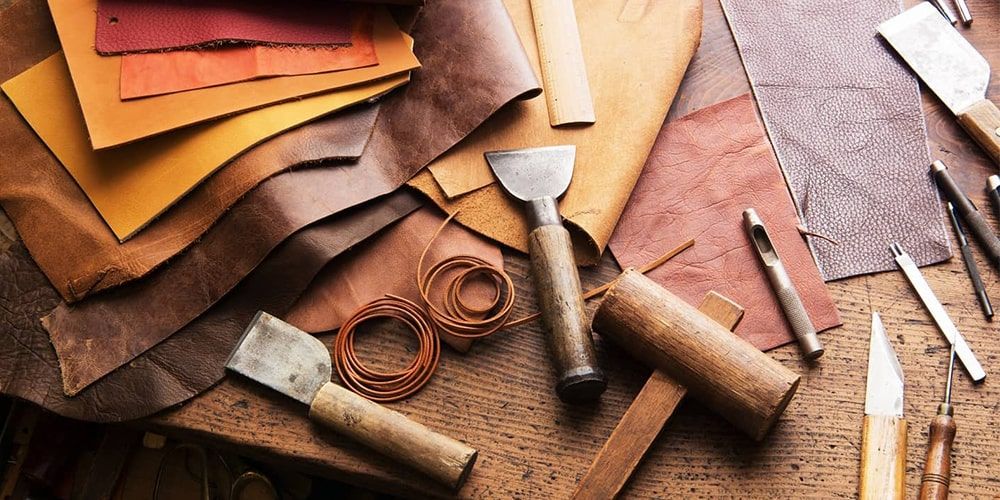
The process of working the raw material and its transformation into leather is called tanning. The purpose of this particular treatment is to make the leather soft, waterproof, breathable and resistant, so that it can be used to make shoes, bags, jackets, small accessories and all the other products that made the Florentine leather famous.
The production in Italy is distinguished by the so-called technique of Cuoietto Artistico Fiorentino: the products are worked and shaped by hand, cold glued with natural materials, decorated with applications, inlays or engravings and dyed with natural pigments, taking on different shades that give life, each time, to unique manufacts.
Fun fact: initially the workshops were almost all located between Piazza Santa Croce and the banks of the Arno river, but they were then moved to make room for a monument of great prestige, the Uffizi gallery, as leather working was a rather... smelly!
Visit the Uffizi gallery with priority entranceThe history of Florentine leather
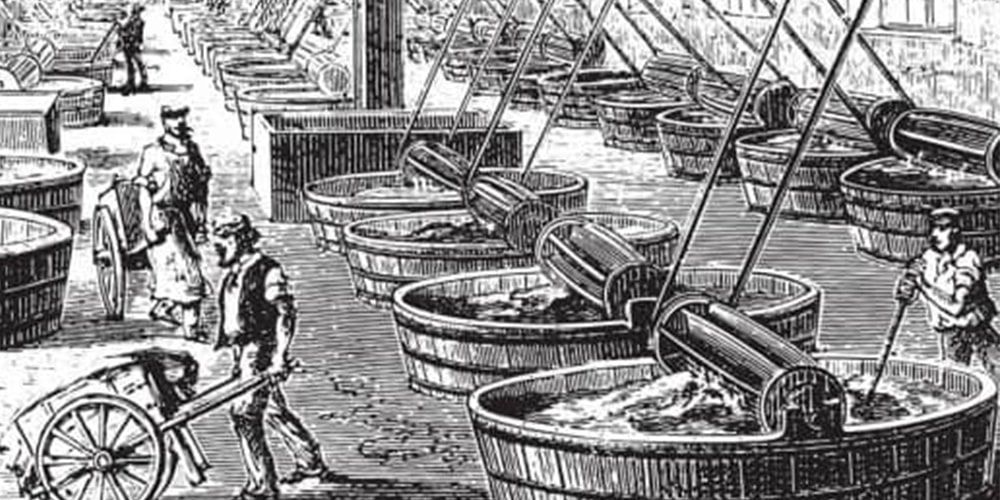
The history of Florentine leather has its roots in very ancient times. Generally, its origin dates back to the Etruscan age, even if the greatest impulse came in the Middle Ages.
In fact, it was towards the end of the 13th century that the Arte dei Cuoiai e dei Galigai was born, a corporation that grouped all the trades involved in the processing of hides: cuoiai (leather men), pelacani (tanners), pezzai (retailers) and orpellai (gilders).
The association imposed extremely strict rules with very serious punishments for those who did not abide by the statute. This was the only way to guarantee the achievement of the high quality standards that still today distinguish Italian leather as the most renowned in the world.
The Florentine leather's streets
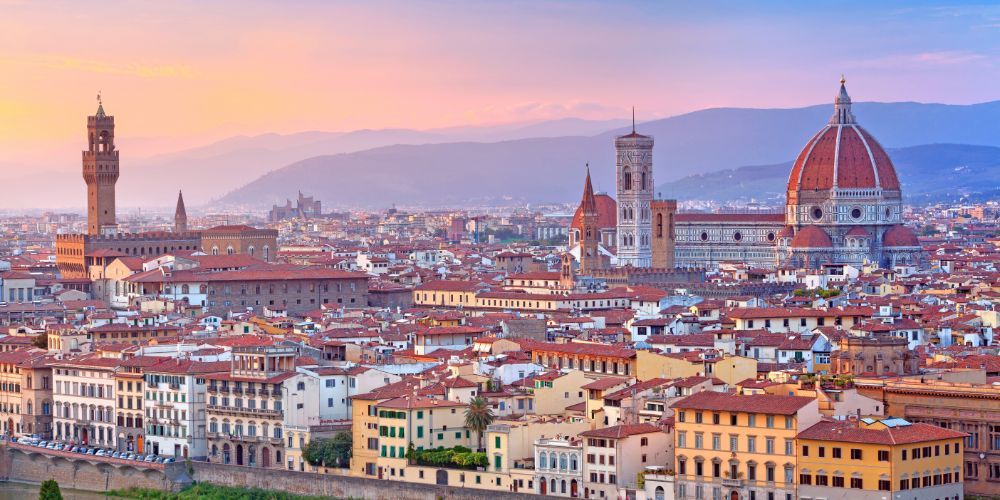
The river Arno was crucial for the development of the tanning industry and for the production of Florentine leather: its presence in fact facilitated the transport of goods and it was in its waters, upstream and downstream of Ponte Vecchio, that the hides were left to soak for tanning.
But the real tanning activity was carried out in a specific area of the city, that is to say in the small streets that connected Piazza Santa Croce to Piazza della Signoria. Each alley of the area was named after one of the trades of leather working.
Some names, such as Via dei Bucciai and Via dei Pelacani, have unfortunately been substituted in the course of time, while others, such as Via dei Conciatori and Via della Concia, are still in use today and bear witness to the industrious production activity of the time.
Walking around Florence's most important monuments, you will certainly come across shops that still carry on this tradition.
More info about Florence PassBarone Firenze: the excellence of Florentine leather
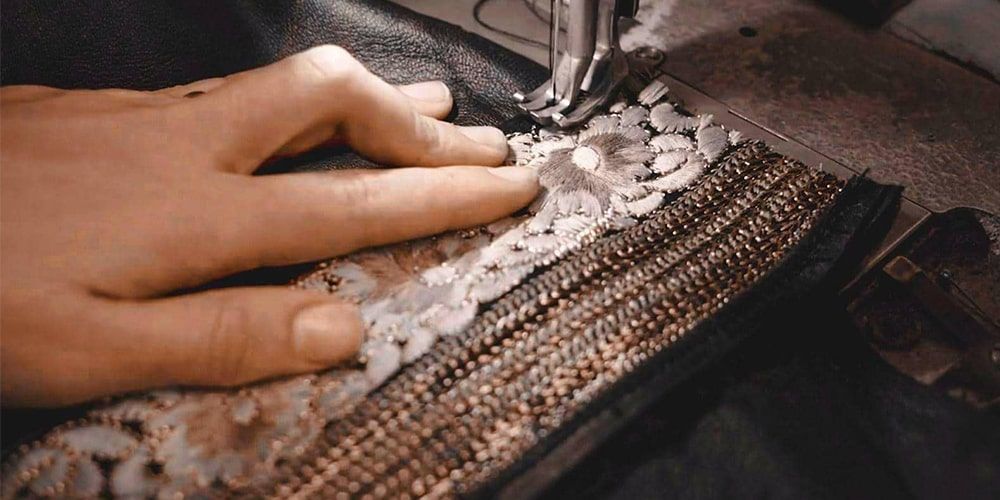
It is still possible to walk through the streets of Florence and be carried away by the wonderful scent of leather. When you talk about leather processing, you cannot help but think of the multitude of stalls, the colorful stores and high fashion boutiques that fill the city, characterizing it unequivocally.
Among the most established brands, Barone Firenze stands out: an authentic Florentine reality that, combining tradition and innovation, has made Florentine leather craftsmanship its strong point.
A careful selection of raw materials, an entirely handcrafted workmanship and a constant attention to the new trends of Italian fashion, make Barone garments products of quality and style, unique in their kind.
Find out more about Barone FirenzeAbout the author
Written on 12/03/2021


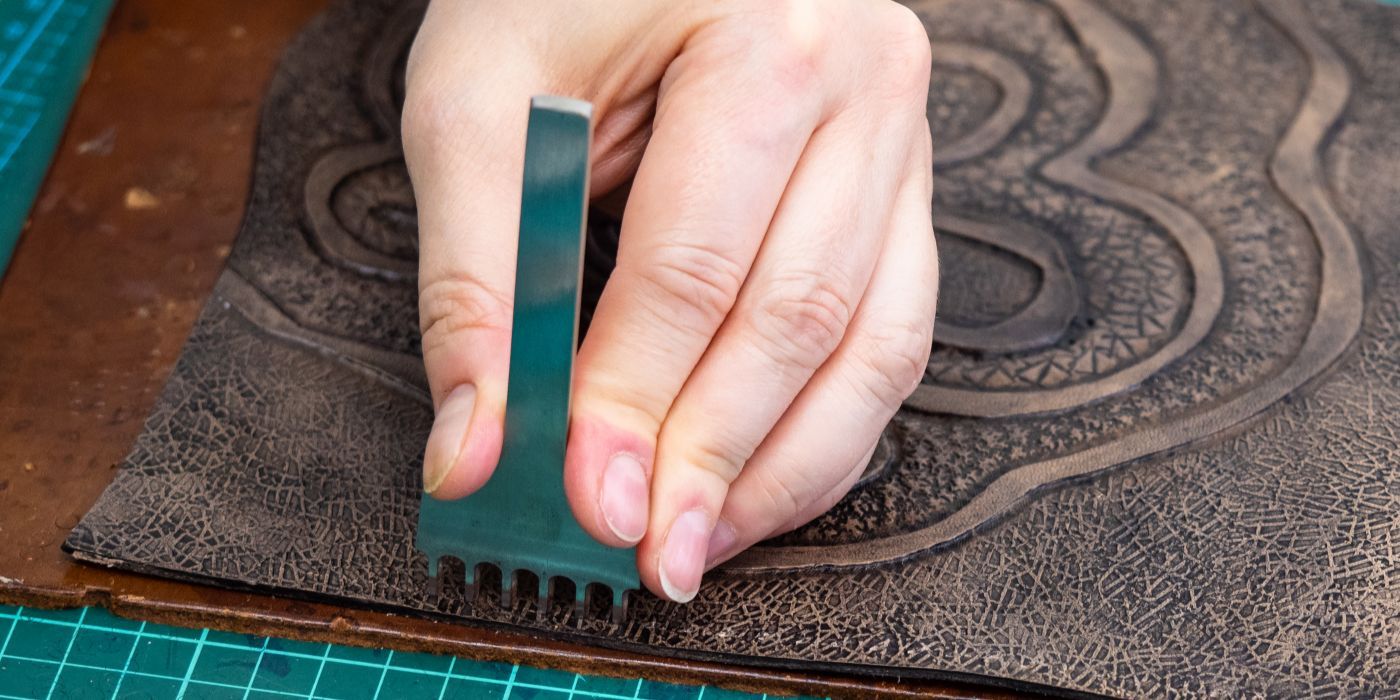

Alessia Cappa Colella
Quality, design and tradition unite to create a special product. It's the Florentine leather, among the flagships of Italian craftsmanship